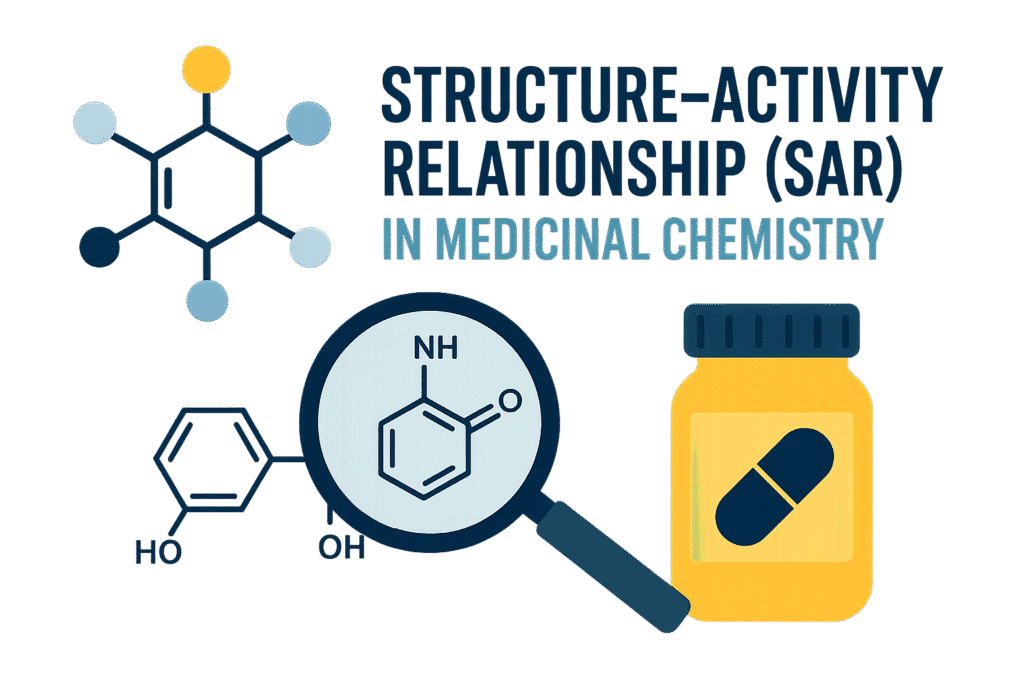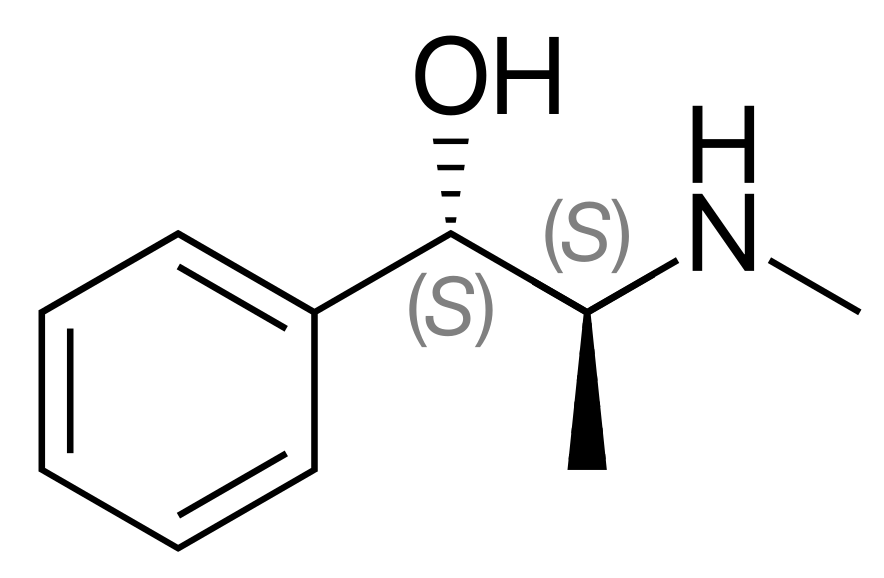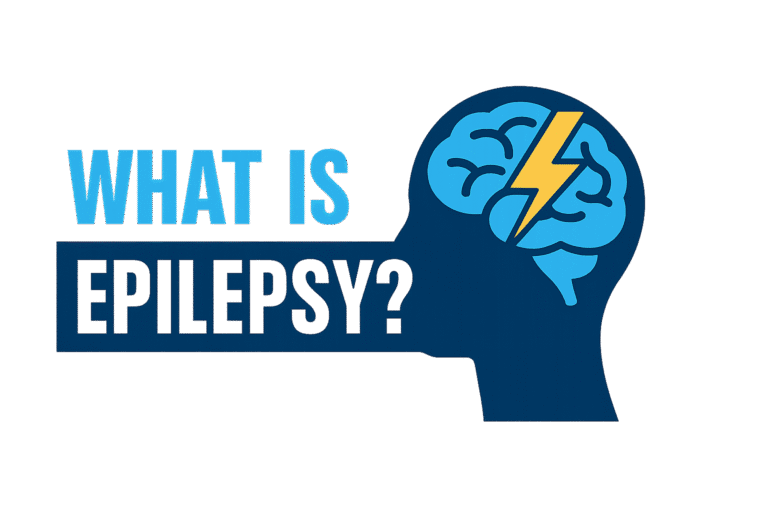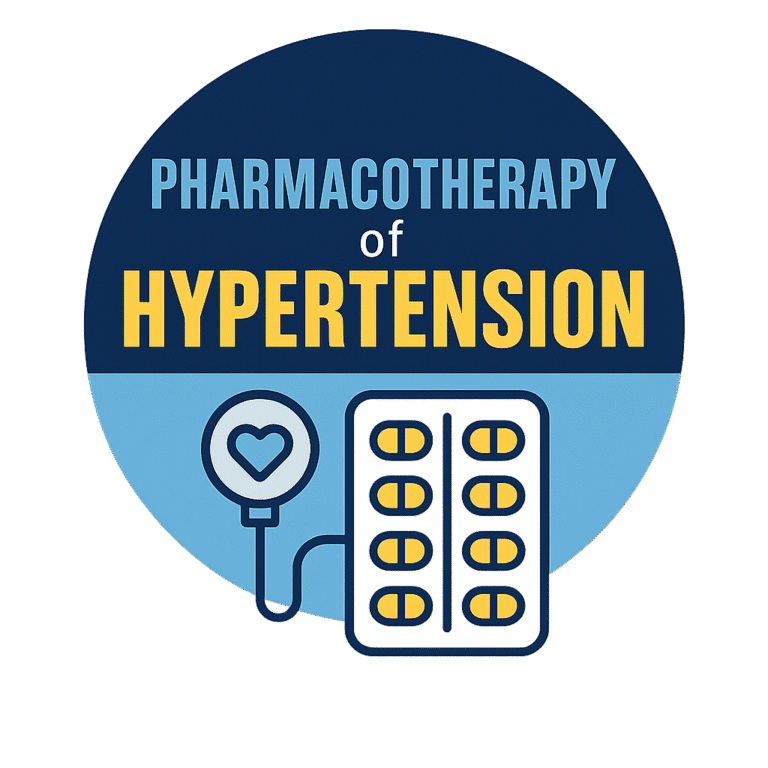The Structure Activity Relationship is the relationship between the chemical or 3D structure of a molecule and its biological activity. The analysis of SAR enables the determination of the chemical groups responsible for evoking a target biological effect in the organism. This allows modification of the effect or the potency of a bioactive compound by changing its chemical structure.
A Structure-Activity Relationship is the relationship of the molecular structure of a chemical with a physicochemical property, environmental fate attribute, and/or specific effect on human health or an environmental species.
Part 1
Sympathomimetic agents

directly bind to the adrenergic receptors in the postsynaptic membrane.
Structure Activity Relationship of catecholamines:
- Catechol ring is important.
- β-hydroxyl group is important.
- Stereochemistry at β position should be R.
- Bulkiness of groups attached to the amino has a significant effect on selectivity (alpha or Beta receptor activity).
- alpha substitution increases stability and selectivity but reduces activity.
Examples of sympathomimetics

Isoproterenol (Isoprenaline):
Acts mainly on β1 and β2More stable to MAO metabolism.

Colterol:
10 X more potent on β2 than on cardiac β1

Metaprotenol:
Selective β2 agonist. Long-acting bronchodilator
Salbutamol
Selective β2 agonist. Long-acting bronchodilator.

Ephedrine:
Used as bronchodilator and cardiac stimulant. Orally available

Pseudoephedrine:
Used as nasal decongestant.
Newsletter
Enter your email address to subscribe to this CEP “continuous Educational Program” and receive notifications of new Topics by email.





